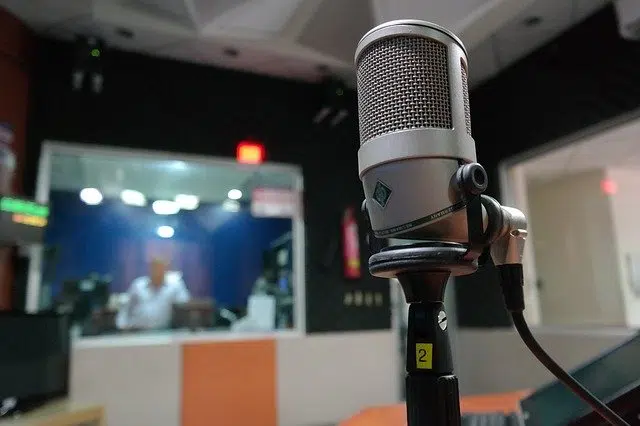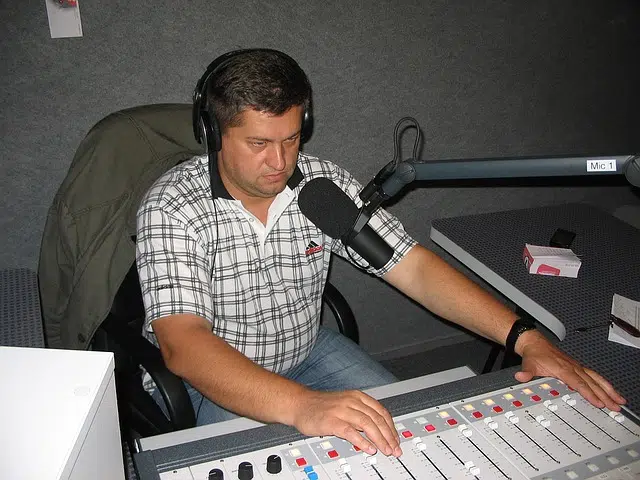
The radio script contains instructions for the announcers and the technical operator.
A script can be a text or script that specifies the contents and details necessary for a work or television , film , theater or radio broadcast to be developed. This writing acts as a guide for those involved in the work in question.
Radio , for its part, is a concept with numerous meanings. In this case we are interested in highlighting the meaning as a radio receiver (the device used to collect the waves emitted by a radio transmitter and transform them into sound). By extension, the communication medium related to this technology is known as radio.
What is a radio script
A radio script , therefore, is a script that is used within the framework of a radio broadcast. In the script, the instructions that the technical operator and the announcers must follow are expressed. For example: “The radio director asked me for a script and some recordings to analyze if our program could fit into his station,” “Do you have the script on hand? The operator wants to see it before starting the broadcast” , “The journalism teacher taught us how to make a radio script” .
The radio script is generally divided into three columns . In the first, the time of the block is indicated ( “9:30 to 9:45” or “15 minutes” ). The second is intended for the technical operator, who must be in charge of managing the airing of the program , broadcasting the background music and sound effects ( "Track 5 Disc 1" , "File No. 2" , etc.). The third and last column is the one that corresponds to the announcers and journalists ( “Interview with Mr. Brunetti” , “Debate on labor law” ).

The structure of a radio program is detailed in the script.
Classification according to content type
It is possible to talk about several types of radio script, according to three points of view, which are set out below:
* According to the information it contains:
+ Literary script
It is the one that puts in front the text that the voiceover team must read and that does not include the technical notes that are made to the planning or the assembly figures, for example, since it simply indicates (generally, in capital letters) the moments in which music and sound effects must be played. In addition, it also indicates indications such as the state of mind that the speakers must represent.
+ Technical script
The technical indications take center stage in this type of radio script, while the verbal text receives moderate and almost symbolic importance; For example, it is possible that instead of the textual lines the idea is indicated in a couple of words (such as "news body", instead of the news itself). In today's radio this is the most used type of script.
+ Technical-literary script
It contains as much information as possible, combining the two types just discussed.
Radio script according to modification options
* Depending on the possibility of modifying it:
+ Open script
It is created to be able to be altered during the broadcast of a program, which is why it is characterized by being very flexible.
+ Closed script
As its name suggests, it does not support changes.
Possible shapes
* According to its shape:
+ American script
It consists of a single column and uses indented paragraphs to separate the technical indications from the textual ones. The technical notes are underlined and the names of the speakers are in capital letters. On the other hand, a certain margin is usually reserved on the left for potential annotations or alterations.
+ European script
Unlike the American one, the European radio script has two columns or more. The first (found on the left) is used for technical indications; The one or more are used for the complete text of the speakers and for all questions related to the content .
